Cuba facts!
Learn all about this colourful country!
Sunglasses and sun cream at the ready, gang! It’s time to learn all about this cool Caribbean country in our Cuba facts!

Cuba facts
OFFICIAL NAME: Republic of Cuba
FORM OF GOVERNMENT: Socialist republic
CAPITAL: Havana
POPULATION: 11,382,820
OFFICIAL LANGUAGE: Spanish
MONEY: Peso
AREA: 110,860 square kilometres
FLAG:
Cuban flag

Map of Cuba

Cuba: geography and landscape
Cuba is the largest island in the Caribbean Sea. Cuba and its neighbours form the Greater Antilles, a chain of islands created millions of years ago when two of the Earth’s tectonic plates collided.
This Caribbean country is a long and narrow island. It stretches 1,200km from east to west, but it’s only 100km wide in most places. High mountains and rolling hills cover about one third of Cuba, and the other two thirds of the island are lowland plains used mainly for farming.

Cuba’s incredible nature
Cuba has many different habitats, from mountain forests to jungles and grasslands. There are even small deserts, too! These different ecosystems are home to unique plants and animals, some of which aren’t found anywhere else on Earth.
Many interesting creatures live in Cuba’s thick forests. Most famous is the bee hummingbird, the smallest bird in the world. Adult bee hummingbirds grow to only five centimetres long! The world’s smallest frog lives in Cuba, too – the Mount Iberia frog, with a body only one centimetre long. How’s that for teeny-tiny?!
History of Cuba
Cuba’s original inhabitants were the Ciboney and Guanahatabey people. About a thousand years ago, the Taino people from Venezuela took over the island. In 1511, forces from Spain defeated the Taino and claimed the island as a Spanish territory.
The Spanish forced many of the Taino people into slave labour. Most died from overwork and from diseases brought by the Europeans. Hundreds of thousands of African slaves were then brought to Cuba, mainly to plant and harvest sugarcane.?
American forces helped drive the Spanish out of Cuba in 1898, and by 1902, Cuba had won independence. However, the United States had a strong influence over the island until 1959, when the communist revolutionaries took control, led by Fidel Castro.

Cuban government and economy
Cuba is a socialist state run by the Cuban Communist Party. Cubans vote for their leaders, but the communist party is the only legal party. Fidel Castro was president, prime minister and commander of the armed forces until February 2008, when his brother, Raúl Castro, took over. In 2018, a new leader took over, Miguel Díaz-Canel.
The United States had been hostile toward Cuba since the communists took power in 1959. But since Fidel Castro stepped down, the United States and Cuba have built a stronger relationship. In 2015 the United States reopened its embassy in Cuba – where American diplomats live to work with the Cuban government. Soon after, Cuba did the same in the United States.
Cuban people and culture
The mixture of native, African and European influences in Cuba gives this island a lively culture that is known worldwide! The introduction of communism to the country in 1959 has had a big impact on the people – both positive and negative.

Cuba’s history is reflected in its food, language, art, and, most of all, its music. All year round, it seems as if bands are everywhere in Havana. The main musical form is called son, which combines lively rhythms with classical guitar. Unlike most countries in Latin America, Cuba’s favorite sport is not football – it’s actually baseball! Baseball came to Cuba from the United States in the 1860s. Many international baseball stars have come from Cuba, and the Cuban national team is one of the best in the world.
Credits
Huts on a beach in Cuba: Gvictoria, Dreamstime. City streets in Cuba: Evgenia Bolyukh, Dreamstime. Vinales Valley, Cuba, at sunset: Massimo Bocchi, Shutterstock. Colour buildings in Havana: Kamira, Shutterstock. Musicians playing music in Havana, Cuba: Filipe Varela, Dreamstime.
What did you make to these cool Cuba facts? Let us know in a comment, below!
More Like Countries
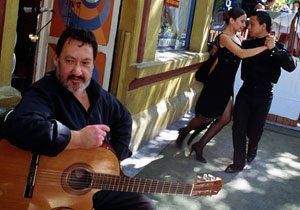
Argentina facts!
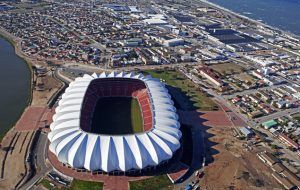
South Africa facts!
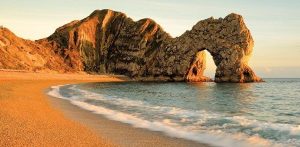
Amazing places to visit this summer!
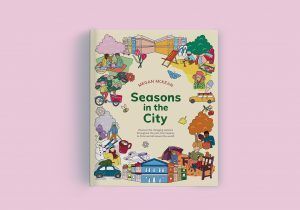
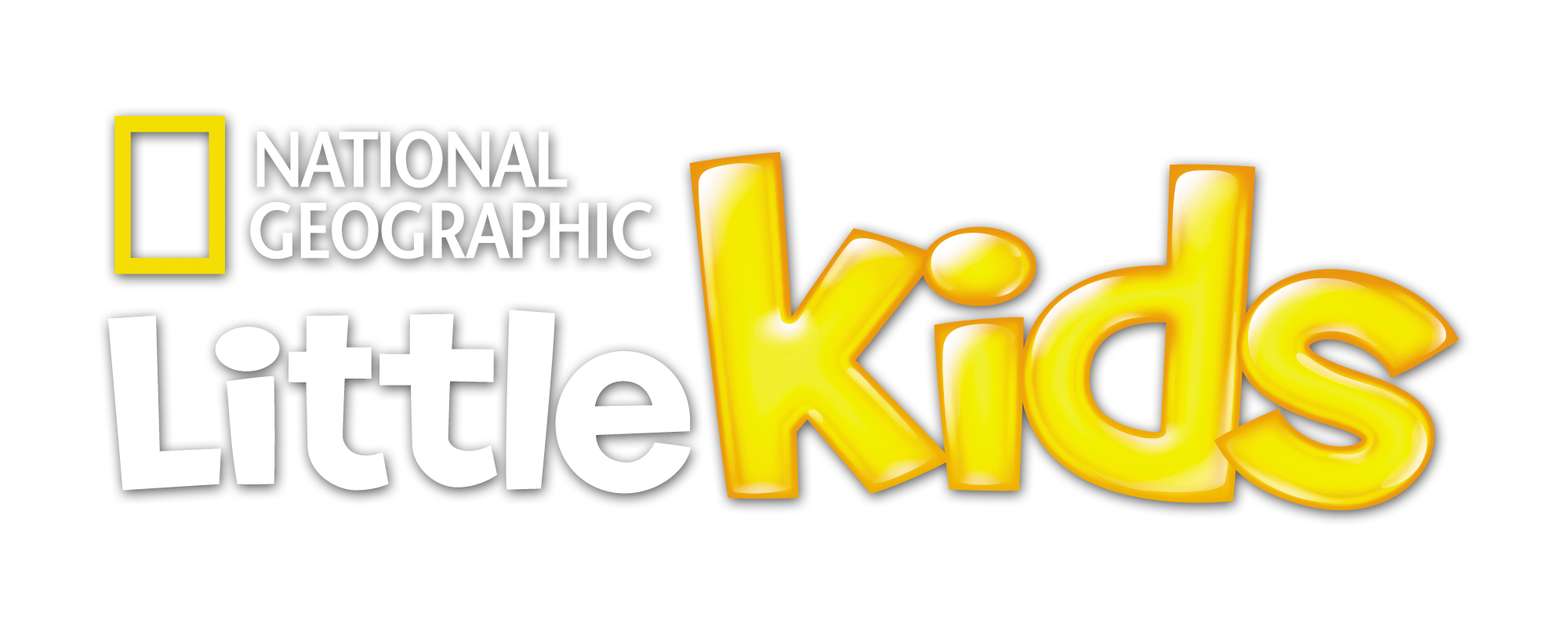








LEAVE A COMMENT
THANK YOU
Your comment will be checked and approved shortly.
WELL DONE,
YOUR COMMENT
HAS BEEN ADDED!
COMMENTS1
I my dad was born in Cuba
Roy
cool
marvelousWill8321
Love National Geographic it is awsome
Kathy
Amazing, these facts are sooo cool!
CUSTOMIZE YOUR AVATAR